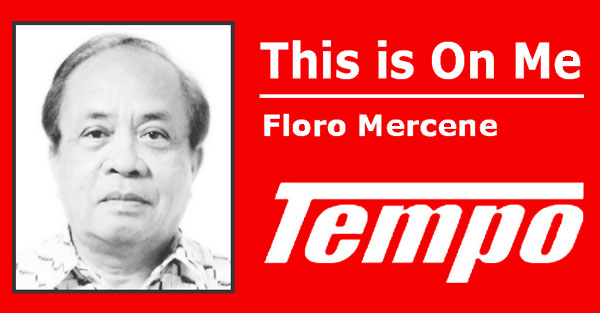By Floro Mercene
While capsule toys originated overseas, gachapon or gashapon are uniquely Japanese. The terms gachapon or gashapon refer to a variety of vending machine-dispensed capsule toys popular in Japan. ‘gacha’ or ‘gasha’ is onomatopoeic from Japanese sounds for the hand-cracking action of a toy-vending machine, and ‘pon’ for the toy capsule landing in the collection tray.
In 1965, gachapon was born when Ryuzo Shigeta set up the capsule vending machine at his shop in Tokyo. Gachapon refers to both the vending machines and the capsule toys they spit out. When you crack open one of these plastic eggs, you’ll never know what you’ll get. It is a roughly 30 billion industry with 150 new toys hatched every month.
Gachapon used to be mainly figures, but recently they are small items you can place around your computer, or strap to your smartphone or keychain. Gachapon are remarkable for their multiplicity, craftsmanship and sheer wackiness. Hand-carved in Japan with the fastidious attention to detail as proto-types, then manufactured and hand-painted elsewhere in Asia, gachapon lead a brief retail existence. Bandai launches 30 to 40 new gachapon every month, priced 100 yen to 500 yen a piece, some tied to seasonal events. Popular gachapon can sell out in a week or two; while some see repeat production runs, the vast majority are done after only one batch.
Gachapon machines were at first large and clunky and delivered the capsule to a basket at the bottom. Today they’re slim, double-decker affairs, allowing them to be lined up by the dozen in compact rows. This can be done anywhere, since most don’t’ require electricity. While originally confined to candy shops for kids, and roof garden of department stores, now gachapon are found everywhere from street corners, convenience stores, supermarkets, train stations, airports and tourist spots.
(To be continued)


